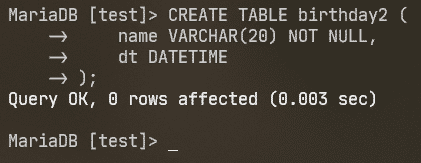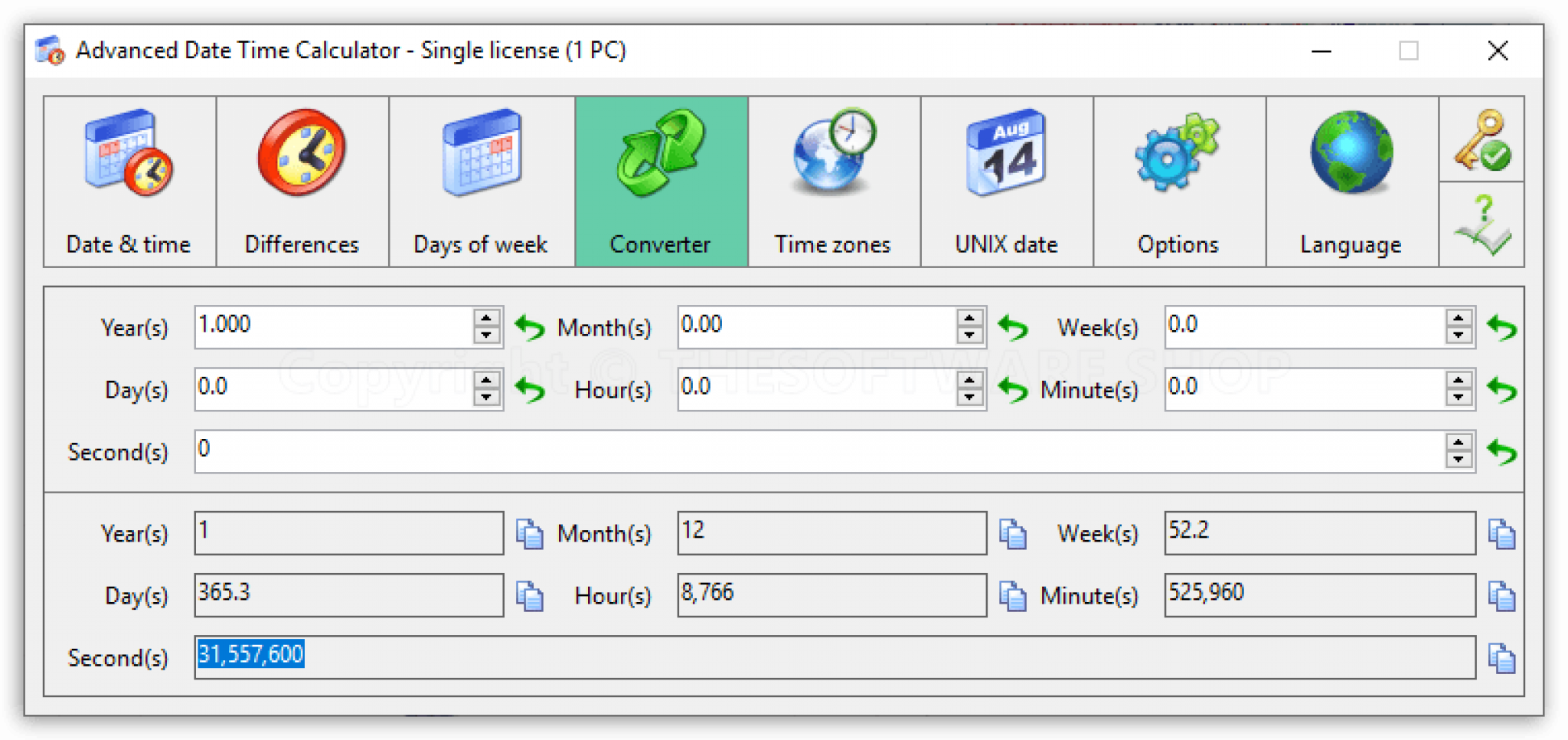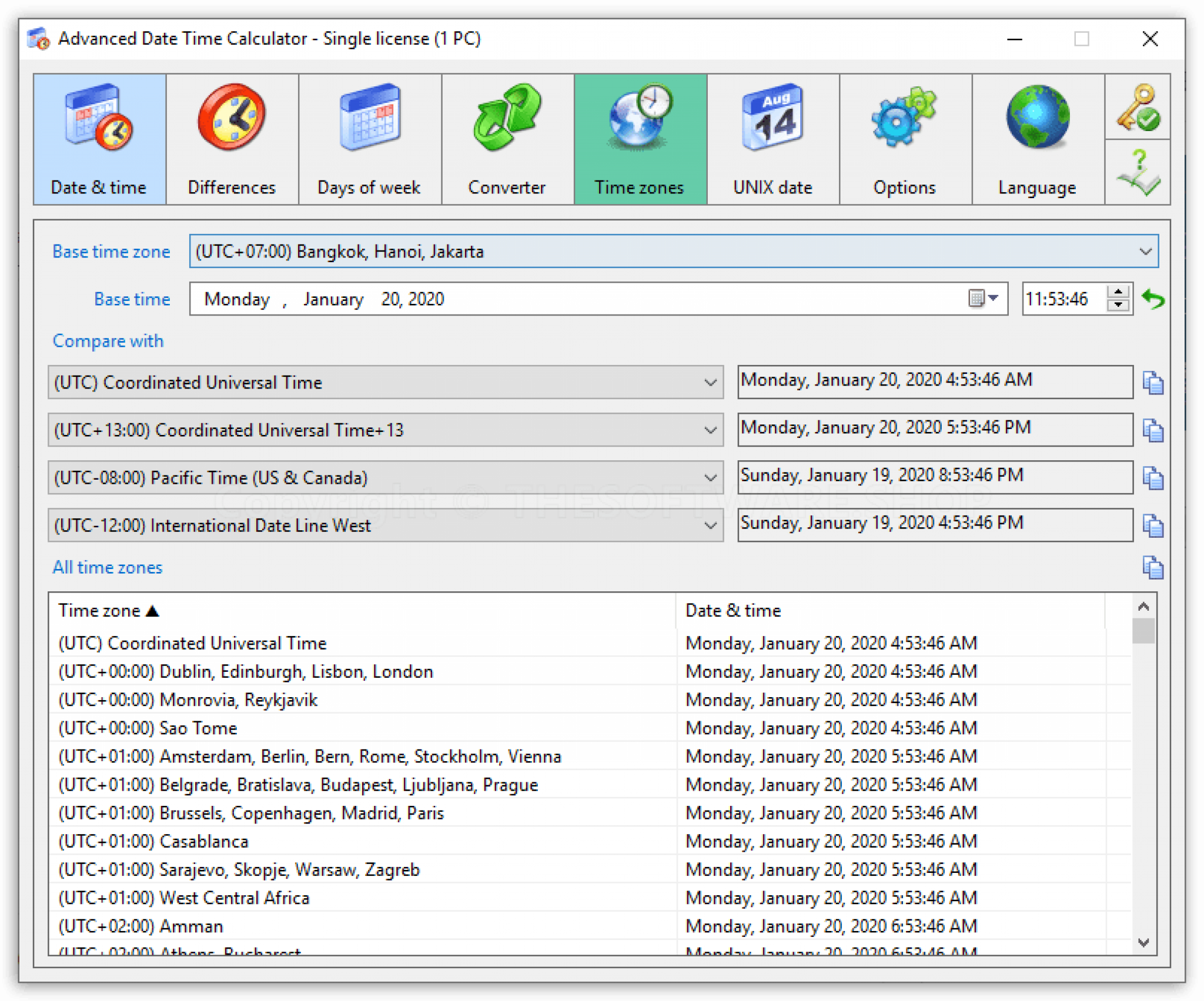
- #Linux date now minus minutes how to#
- #Linux date now minus minutes driver#
- #Linux date now minus minutes full#
- #Linux date now minus minutes windows 10#
Epoch, or Unix timestamps, is the number of seconds that have elapsed since Januat 00:00:00 UTC. The date command can be used as an Epoch converter. , you can either list the files in the /usr/share/zoneinfo directory or use the timedatectl list-timezones command. To use a different timezone set the environment variable TZ to the desired timezone.įor example, to show the Melbourne, Aus time, you would type: TZ='Australia/Melbourne' date Sat Jun 1 22:35:10 AEST 2019 The date command returns the date in the default system timezone

For example, to show the local time for 6:30AM next Monday on the Australian east coast, you would type: date -d 'TZ="Australia/Sydney" 06:30 next Monday' Sun Jun 2 22:30:00 CEST 2019 Override the Timezone # You can also use the date string option to show the local time for different timezones. The date string accepts values such as “tomorrow”, “friday”, “last friday” “next friday”, “next month”, “next week”. Using the custom formatting: date -d '' +'%A, %d %B %Y' Monday, 16 December 1974 You can specify the date as a human-readable date string like below: date -d " 12:10:53" Sun Feb 7 12:10: The -d option allows you to operate on a specific date.
#Linux date now minus minutes full#
To get a full list of all formatting options run date -help or man date in your terminal.
#Linux date now minus minutes how to#
How to install the NVIDIA drivers on Ubuntu 18.To display the current system time and date using the default formatting, invoke the command without any options and arguments: date.How to Install Adobe Acrobat Reader on Ubuntu 20.04 Focal Fossa Linux.Set Kali root password and enable root login.How to change from default to alternative Python version on Debian Linux.Netplan static IP on Ubuntu configuration.How to enable/disable firewall on Ubuntu 18.04 Bionic Beaver Linux.How to install Tweak Tool on Ubuntu 20.04 LTS Focal Fossa Linux.Linux IP forwarding – How to Disable/Enable.How to use bash array in a shell script.
#Linux date now minus minutes driver#

How to install missing ifconfig command on Debian Linux.
#Linux date now minus minutes windows 10#
Ubuntu 20.04 Remote Desktop Access from Windows 10.How to find my IP address on Ubuntu 20.04 Focal Fossa Linux.How to install the NVIDIA drivers on Ubuntu 20.04 Focal Fossa Linux.Scheduling jobs in cron is very simple as long as you know the syntax for telling cron how often to run the job, which is */5 * * * * as we’ve shown in this guide. To do that in nano, you’d need to press Ctrl + X, Y, and then Enter.

Of course, replace our example script with the command or script you wish to execute, but keep the */5 * * * * part as that is what tells cron to execute our job every 5 minutes.


 0 kommentar(er)
0 kommentar(er)
